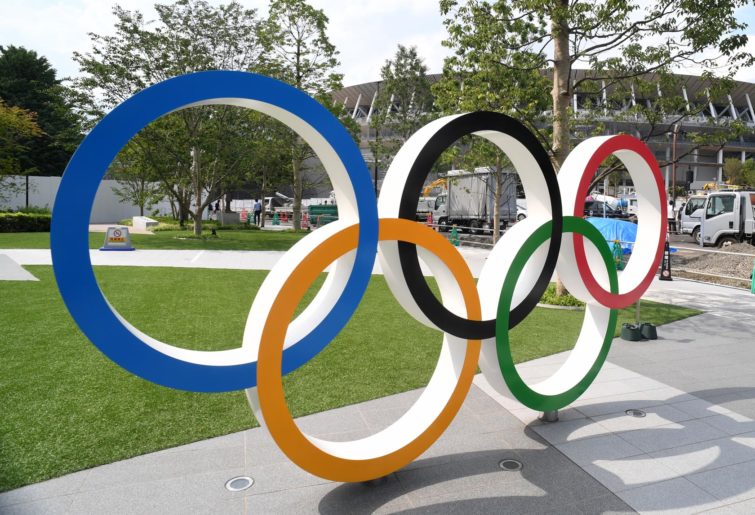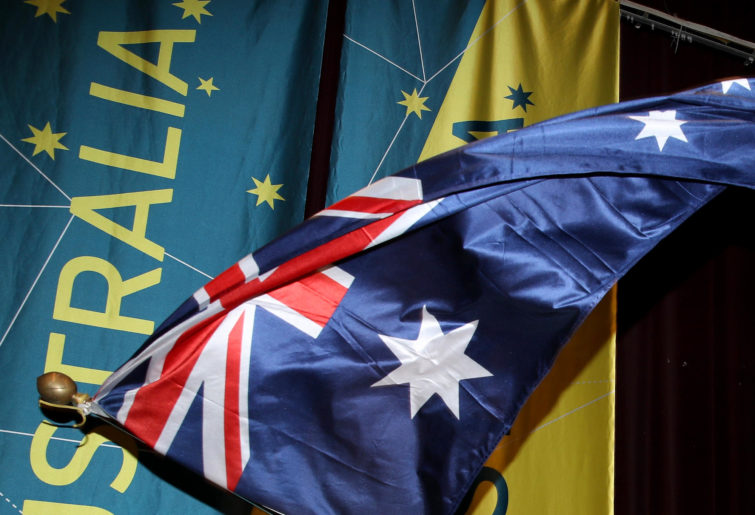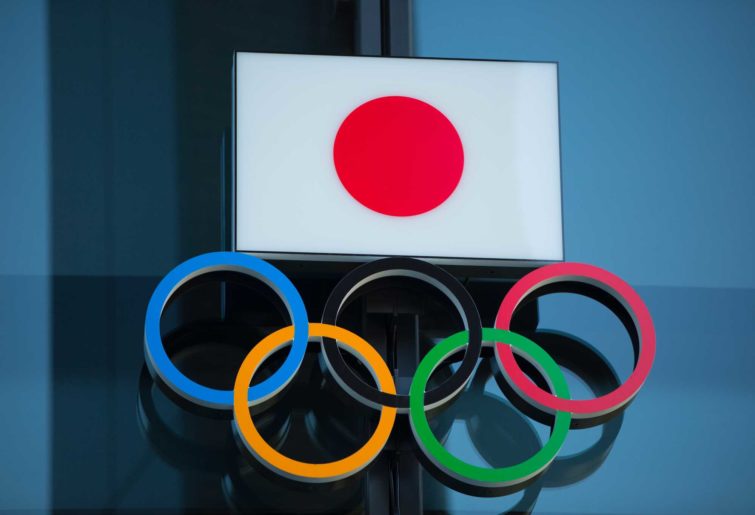'Punching above our weight': Who really won the Olympics?
Try to picture a town of only 46,832 people. According to Wikipedia, the closest real town to this in Australia is Gladstone (45,000), although…
Opinion

At next week’s 2021 Olympic Games track and field competition, Australia’s best prospect for success appears to be Nicola McDermott.
McDermott had a recent high jump of 2.01 metres when coming second at the July 4 Stockholm Diamond League competition, just two centimetres behind the winner with the year’s best world performance.
But whether McDermott medals or not, Australia’s 2021 jumps team could be our best ever.
Australia has a proud history in jumping, events that require incredible technical skill and an excellent power-to-weight ratio.
In the long jump, Australia’s greatest field event given we have achieved four silver medals and 16 top-eight finishes since 1948, the need for great speed is well known with Olympic Games 100 metres champions winning five Olympic Games long jump titles (Jesse Owens 1936 and Carl Lewis 1984-1996).
The high jump is one of track and field’s most exciting events as viewers watch competitors leap to incredible heights with success or failure known immediately from the clearing or dislodging of the bar.

(Photo by Etsuo Hara/Getty Images)
And for those viewers who appreciate a bit of acrobatics and danger, the pole vault generates added excitement.
Australia’s best ever performance in the jumps was 1948 when Australia’s men won three medals: John Winter won gold (high jump), Theo Bruce won silver (long jump) and George Avery won silver (triple jump).
Australia’s only previous Olympic Games jump medals were both in the triple jump: gold by Nick Winter in the 1924 and bronze by Jack Metcalfe 1936.
These guys were good. Nick Winter, as long ago as 1924, jumped 15.52 in the very last round, then a world record.
Winter’s 1924 jump is still good enough to rank ninth on this year’s Australian list (as of 23 July).
During the golden years of Australian track and field from 1952 to 1968, an era most associated with some of Australia’s most famous runners – including gold medal winners Marjorie Jackson (1952), Betty Cuthbert (1956), Herb Elliott (1960) and Ralph Doubell (1968) – Australia won just two silver medals but finished in the top eight nine times.
The silver medalists were both high jumpers: Chilla Porter 1956 and Michele Brown 1964.
In 1968, when Australia had three top-eight finishes in the jumps, the performances were outstanding.
While the high altitude of Mexico City (1968) with the thinner air aided world records in the men’s long jump and triple jump, Australia achieved two sixth places in both events with Allen Crawley jumping 8.02 metres and Phil May 17.02 metres.

(Cameron Spencer/Getty Images)
During the 1970s, no Australian made the top eight in any Olympic Games field event (jumps or throwing).
From 1980 to 2016, however, Australia’s jumpers won a further six Olympic Games medals: Gary Honey won silver (long jump 1984), Tim Forsyth won bronze (high jump 1992), Jai Taurima won gold (long jump 2000), Tatiana Grigorieva won silver (pole vault 2000), Steven Hooker won gold (pole vault 2008) and Mitchell Watt won silver (long jump 2012).
Ian Campbell, who came fifth in the 1980 triple jump, should have been a gold medalist.
Campbell qualified first for the final with 17.02 metres effort, which he has stated was well within himself, but Soviet officials disallowed his winning jump of around 17.6 metres for scraping his foot in a competition where it was said that he was “constantly and erroneously called for fouls in the final”.
During the 1980-2016 period, Australia’s jumpers achieved 23 top-eight positions in 20 different events.
This meant that Australia had a top-eight performer in 50 per cent of all jumps events from 1980 to 2016, an astonishing achievement for a country with a relatively small population.
In comparison, our flat track runners (100 metres to 10,000 metres) had 11 top-eight finishes in 70 running events from 1980 to 2016.
So with Australia having a pretty good record in the Olympic Games jumps over the years, can the 2021 Olympic Games team match our best ever?
It will be very hard to emulate the 1948 team with three medals today in an era of much greater global competition.
At present, Australia’s best jumps performance was at the 2000 Sydney Olympic Games with five top-eight finishes (four males and one female) in three events (men’s long jump, men’s pole vault and women’s pole vault).
But Australia has a chance at the Tokyo Olympic Games to match the 2000 Olympic Games performance given its leading performances so far in 2021.

(Photo by Stanislav Kogiku/SOPA Images/LightRocket via Getty Images)
In addition to McDermott in the women’s high jump, Eleanor Patterson is ranked ninth in 2021 with a jump of 1.96 metres.
In the men’s high jump, Brandon Starc’s best 2021 jump of 2.33 metres is ranked equal fourth best in 2021.
In the women’s pole vault, Nina Kennedy has a 2021 best of 4.82 metres (Sydney, March 13), fifth best in the world in 2021.
In the men’s pole vault, Kurtis Marschall’s 2021 best of 5.80 metres (Perth, January 8) ranks equal 11th in the world.
In the women’s long jump, Brooke Stratton is ranked 18th in 2021 with 6.84 metres (Sydney, April 18).
Stratton moves up to 14th when just three Americans are included, and is a proven performer having finished seventh at the 2016 Olympic Games.
In the men’s long jump, while Henry Frayne’s best 2021 jump of 7.97 metres (Sydney, April 18) only ranks 70th in 2021, he also achieved seventh place at the 2016 Olympic Games.
While most public interest appears directed at our track team, notably the 1500 metres, which has two male and two female runners in the top 20 on times, it will indeed be the jumps where Australia will be most competitive in terms of depth in track and field.
So Australia, let’s get behind our jumpers, along with the rest of our team.